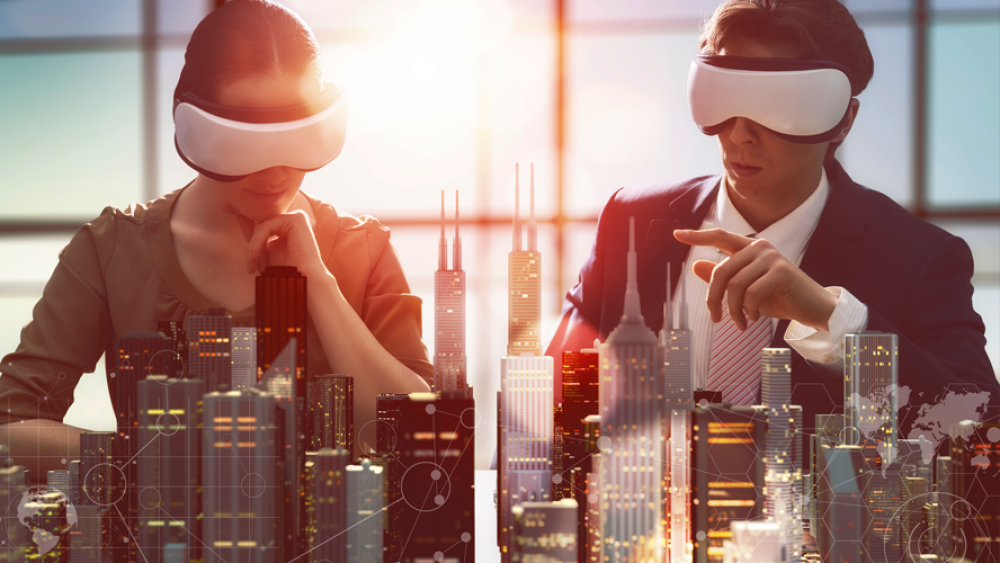Virtual reality â the next digital revolution
01 Nov 2016

Virtual and augmented reality are two emerging technologies we increasingly hear about, but what actually are they?
A new game, run off your smartphone, uses augmented reality to create a terrifying horror experience. It’s called Night Terrors.
Turn off the lights in your home, put on your headphones and use your phone screen to see what you can’t see yourself. The object of the game is to find and save a young girl.
The game scans your surroundings and makes your own doors appear to move, windows shake and ghosts appear.
Watch the video below to really get a feel for this scary concept.
Computing power has increased exponentially. 15 years ago the smartphone in most of our pockets today would have been considered a super-computer.
The way we interact with the digital world has not kept pace at a similar rate. A mouse, keyboard or touch screen are how we bridge the gap to enter virtual or augmented worlds.
These tools are by their nature limiting compared to how we move around in the real world. It remains easier to pick up real objects in a shop rather than scrolling through an exhaustive web list.
Emerging technologies can track your hand and eye movements to control your device, such as Eyefluence which allows you to control a computer with your eyes. Smart glasses could write out a text message for you by reading and analysing the movements of your eyes and in fractions of a second.
This is all very exciting but also somewhat unnerving. We can’t help but worry we’re heading into some terrifying science fiction dystopia.
That aside, the new technologies will revolutionise the way marketers engage with consumers, particularly for one-to-one marketing. Eye tracking technology could give consumers a greater level of engagement and personalisation.
However, technological developments must understand the consumer and what they want. Such marketing will be perceived as more intrusive and organisations will need to put their customer first and demonstrate value.
There is not yet any virtual reality guideline or best practice but it will emerge. The Information Commissioner’s Office (ICO) does not believe that virtual or augmented reality will require them to re-invent the wheel. The eight principles of data protection law will still apply.
At the DMA we have been thinking about the issues related to these new media. There are both risks and opportunities. Managed correctly these new technologies will become mainstream marketing channels.
Marketers will be able to interact with people in real-time as if they were walking down a real street. The experience will not be restricted by a specific channel, for example, email. The experience could be interactive, with a consumer able to pick up and try on virtual clothes, for example.
Mainstream virtual and augmented reality may be some time away though. The Occulus Rift is $600, a hefty price tag that will limit market penetration for now. But, only 15 years ago there were no smartphones and much of the internet was still running off dial-up modems.

Please login to comment.
Comments